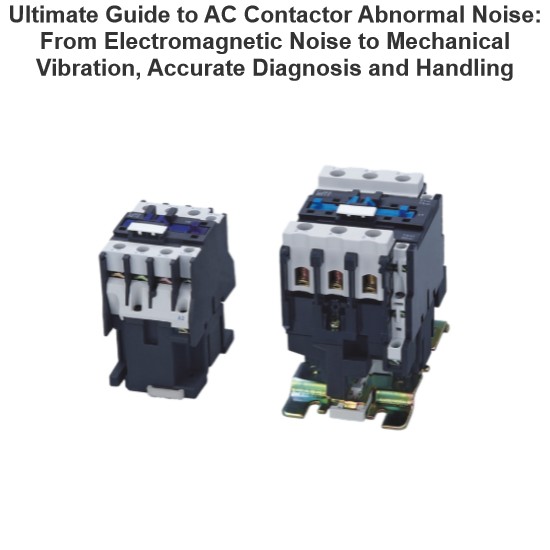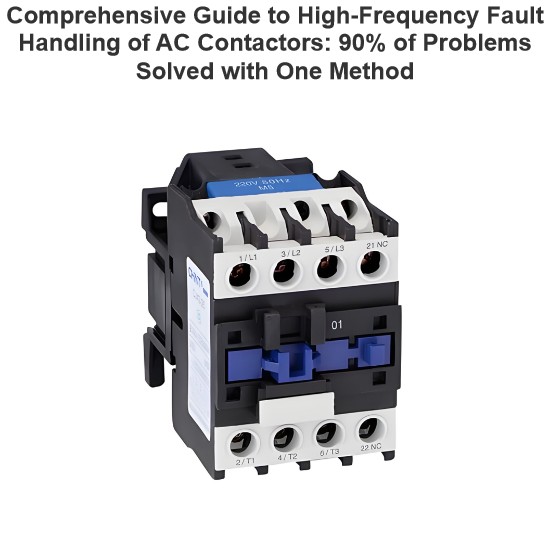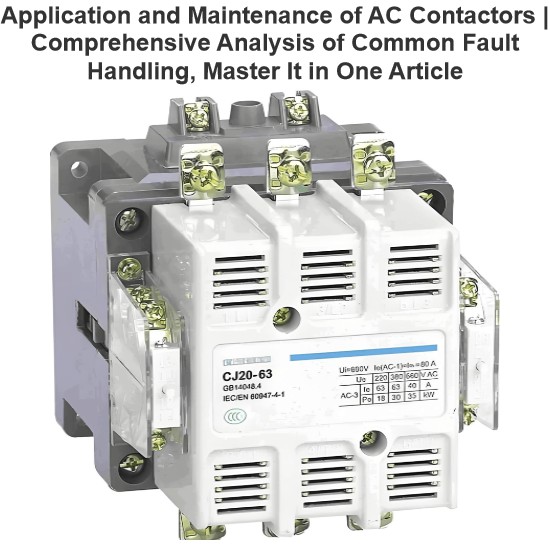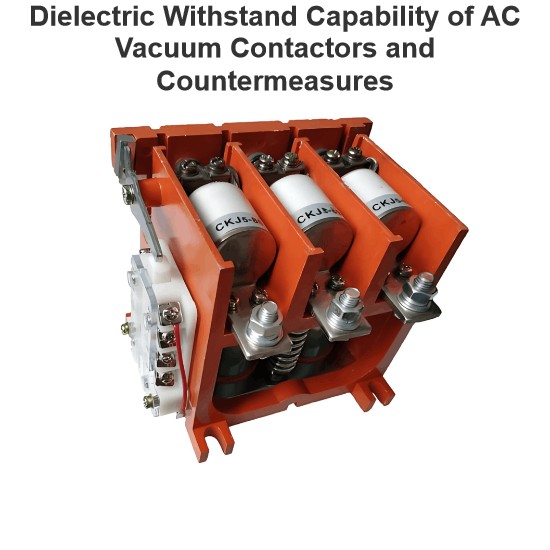In 10 kV and 35 kV ungrounded systems, single - phase grounding faults cause minimal current, so protection rarely trips. Per regulations, operation is limited to 2 hours; prolonged undetected faults may worsen, even damaging switches. While the State Grid promotes small - current grounding line selection devices in 110 kV and 220 kV substations, their accuracy remains low, requiring monitoring/operation staff to analyze remote measurements. For ungrounded systems with three - phase 4PT voltage transformers, this paper analyzes single - phase grounding to improve remote measurement usability for staff, offering solutions based on field experience.
1 Analysis of Normal Operation and Single - Phase Grounding Faults in Ungrounded Systems
1.1 Voltage Transformer Principle During Normal Operation
For a 10 kV bus three - phase 4PT voltage transformer (wiring: Figure 1), UA, UB, UC(phase - to - ground voltages), UL (zero - sequence voltage); UAa, UBb, UCc (primary winding phase voltages); Ua, Ub, Uc (secondary winding phase voltages), 3U0 (zero - sequence voltage). All PT ratios:(10 kV/√3)/(57.74 V).

During normal operation, the primary three - phase and zero - sequence voltages are analyzed, as shown in Equation (1). From Equation (1), the secondary voltages are obtained as Ua= 57.74 V, Ub = 57.74V, Uc = 57.74V, and 3U0 = 0V, which are consistent with the secondary voltages of the voltage transformer with a three - phase open - delta connection.

1.2 Principle Analysis of PT in Single - Phase Grounding
When a phase - A grounding fault occurs, the primary side of the voltage transformer can be equivalently represented as shown in Figure 2. Among them, the primary windings of the three - phase PT are , the zero - sequence winding impedance is , and UA', UB', UC', UL' are the phase - to - ground voltages of the three phases and the zero - sequence voltage when a phase - A grounding fault occurs, respectively.

According to the superposition theorem, it can be obtained that

According to the characteristics of the three - phase 4PT voltage transformer, the impedance of the zero - sequence winding is much larger than that of the phase winding. Then the above formula can be simplified as shown in Formula (3).

When a phase - A grounding fault occurs, the phase - to - ground voltage of phase A is 0, and the voltages of phases B and C are 10 kV. Combined with Formula (3), the phasor diagram during the single - phase grounding fault can be obtained, as shown in Figure 3.

According to the phasor diagram analysis in Figure 3, Formula (4) can be obtained. Among them, UAa', UBb', and UCc' are the primary winding voltages of the bus after the phase - A grounding fault, respectively.UAa'= UA 10kV√3, UBb'= UB 10kV√3, UCc' =UC 10kV√3, UL'=UA = 10kV √3. Converting to the secondary side after the fault, we can get Ua' = 57.74V, Ub' = 57.74V, Uc' = 57.74V, and 3U0' = 57.74V.

From the above analysis, in an ungrounded system, when a single - phase grounding fault occurs, the voltages of the three phases ABC are all 57.74 V, which is consistent with the normal operation situation. Only the zero - sequence voltage rises to the phase voltage, which brings great confusion to monitoring and operation and maintenance personnel. It is very difficult to judge that it is a single - phase grounding fault. Moreover, because the fault current is too small for the protection to start the protection tripping, it brings hidden dangers to the safe and stable operation of the power grid.
2 Rectification Measures
To solve the problem that, for the voltage transformer with the three - phase 4PT wiring mode, when a single - phase grounding fault occurs, the uploaded three - phase voltage remote measurement is consistent with the normal operation situation, which brings certain confusion to monitoring and operation and maintenance personnel. This paper proposes to keep the wiring mode of the primary side voltage winding of the three - phase 4PT voltage transformer unchanged and change the wiring of the secondary winding, as shown in Figure 4.

Based on the principle analyzed in Section 1.2, we can derive: UA' = UL' + UAa' = 0V, UB' = UL' + UBb' = 10kV, UC' = UL' + UCc' = 10kV. That is, the secondary voltages after the fault are UA' = 0V, UB' = 100 kV, UC' = 100kV, and3U0' = 57.74kV. From the data analyzed above, for the improved three - phase 4PT voltage transformer, during a single - phase grounding fault, the three - phase voltages are consistent with those of a single - phase fault in a three - phase four - wire system, and the zero - sequence voltage also rises to the phase voltage.
Monitoring and operation and maintenance personnel can quickly determine that a single - phase grounding fault has occurred in the 10 kV system. Combined with the small - current grounding line selection device, the relevant fault line can be removed as soon as possible.
3 Conclusion
This paper proposes a secondary winding wiring method for the three - phase 4PT voltage transformer, which can upload three - phase voltage remote measurements with the same characteristics as those of a single - phase grounding fault in an ungrounded system to the monitoring system. Thus, it is more conducive for monitoring and operation and maintenance personnel to make quick judgments, prevent the fault from worsening further, and ensure the safe and stable operation of the power grid.






























